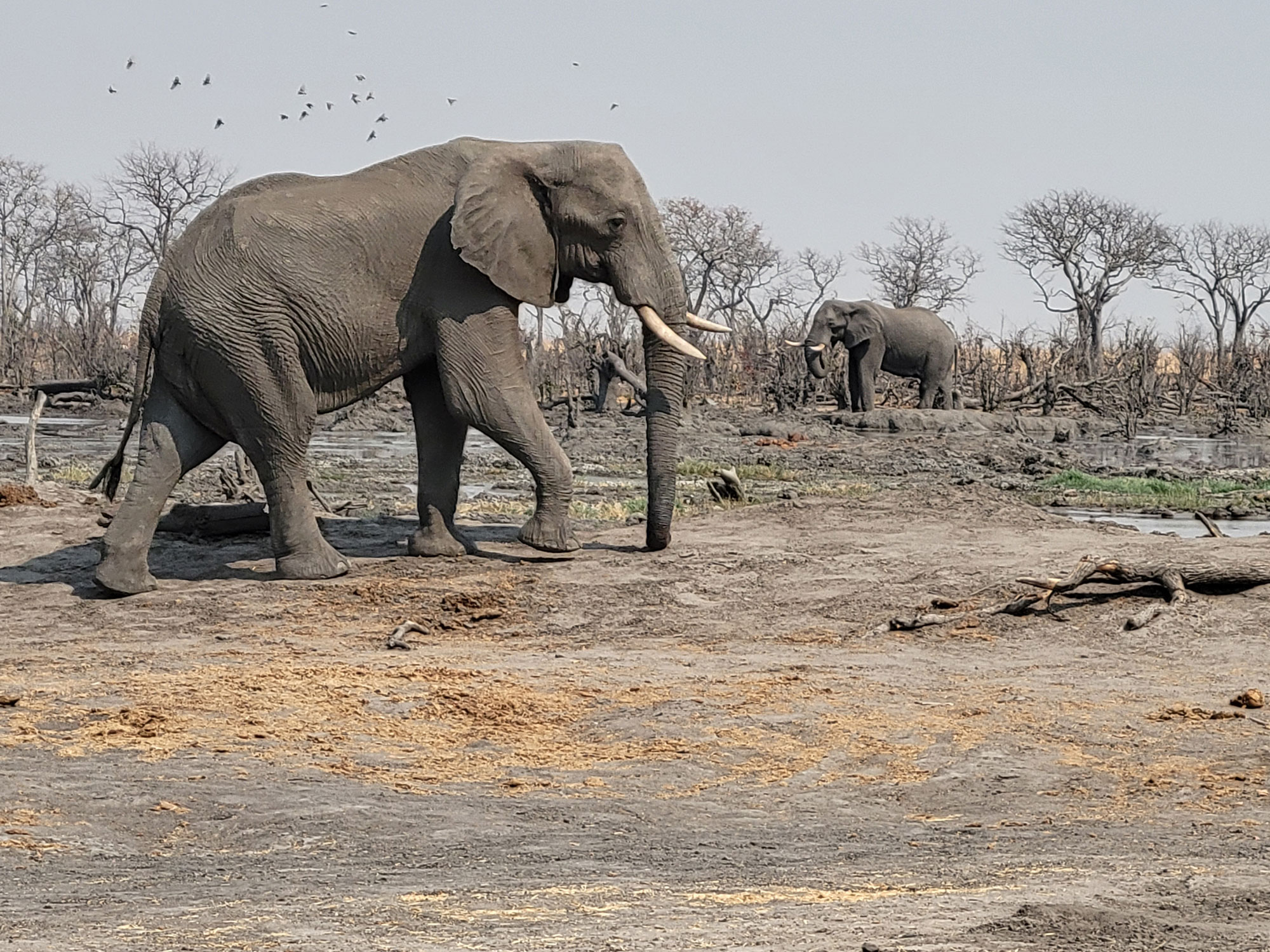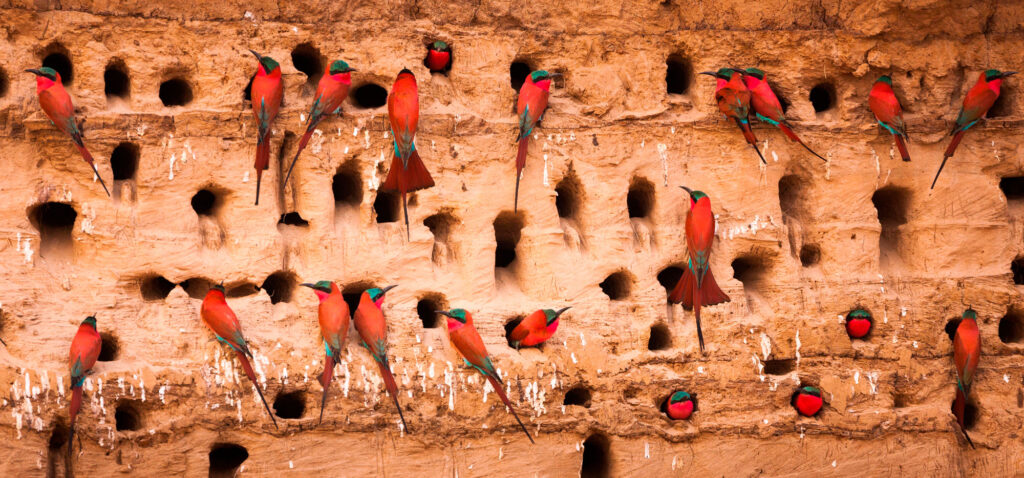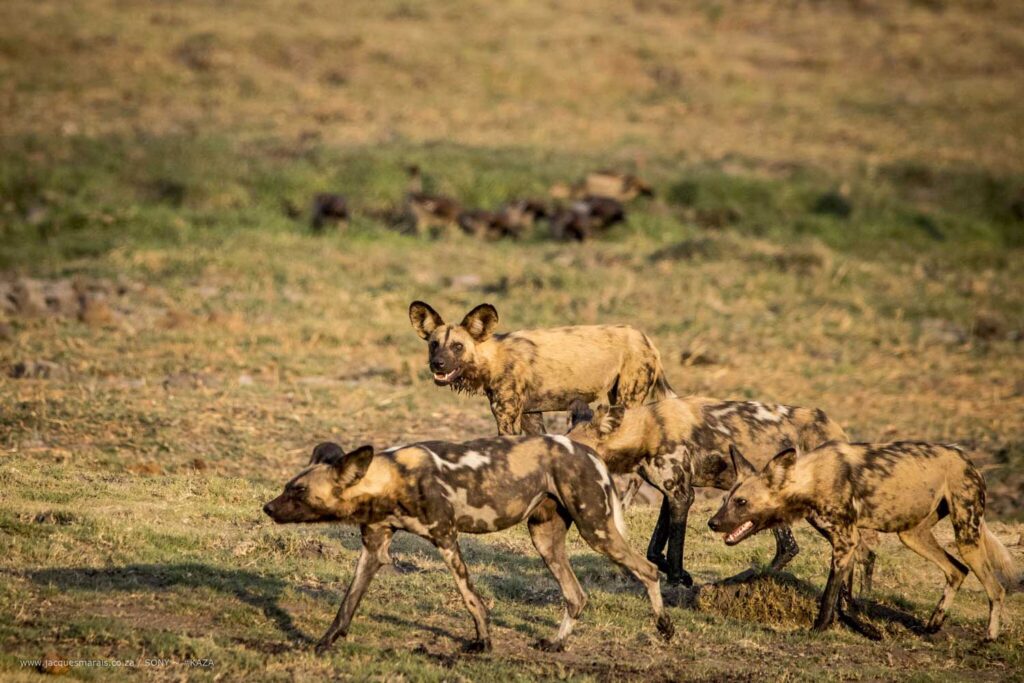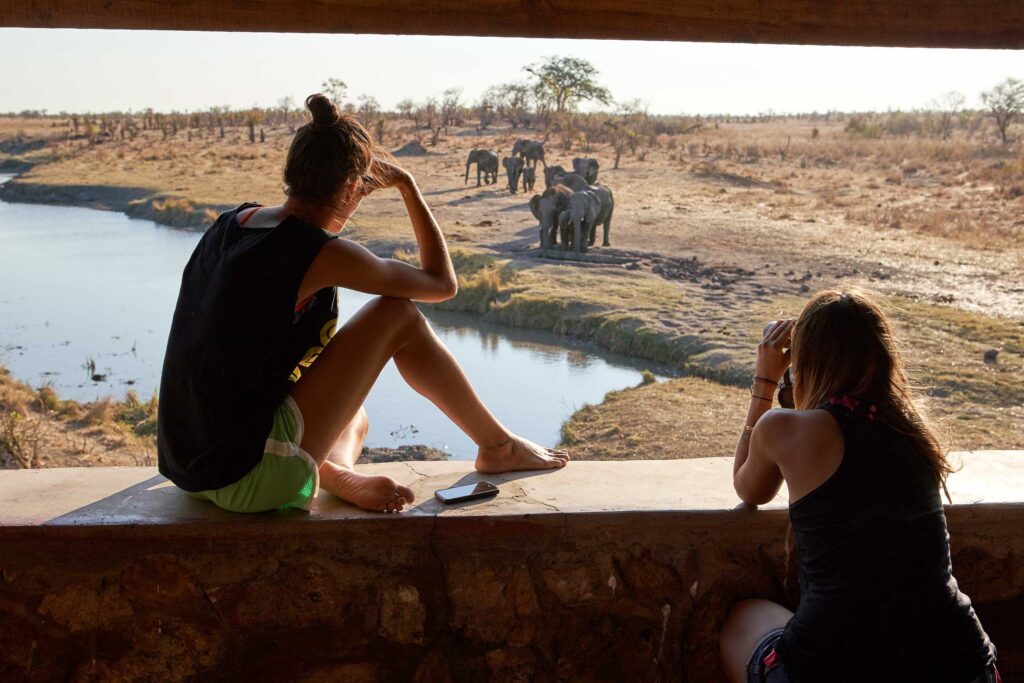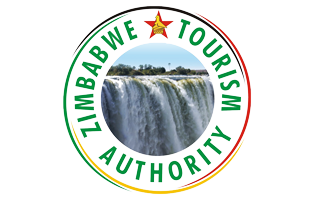The Elephant Migration Through the Kavango Zambezi Transfrontier Conservation Area
The Kavango Zambezi Transfrontier Conservation Area (KAZA TFCA) stands as a testament to the commitment of several southern African countries to preserve their unique biodiversity. Spanning across Angola, Botswana, Namibia, Zambia, and Zimbabwe, this conservation area is not only a haven for diverse flora and fauna but also a crucial corridor for one of the most remarkable wildlife spectacles on the planet—the annual migration of elephants.
At the heart of KAZA TFCA is the awe-inspiring journey of African elephants, a species revered for its intelligence, social bonds, and ecological impact. The migration is an extraordinary display of natural behavior as these majestic creatures travel vast distances in search of food, water, and suitable breeding grounds. The KAZA TFCA provides an expansive landscape for this migration, allowing elephants to traverse across borders and ecosystems freely.
The movement of elephants within the KAZA TFCA is not a random occurrence but rather a synchronized response to seasonal changes. During the dry season, when water and food become scarce in certain regions, elephants embark on long journeys, sometimes covering hundreds of kilometers, to find greener pastures and reliable water sources. The lush vegetation along the rivers and wetlands within the conservation area becomes a crucial refuge for these giants.
The elephant migration through the KAZA TFCA is a testament to the collaborative efforts of the countries involved. Recognizing the importance of preserving natural corridors for wildlife, governments have worked together to establish protected areas, wildlife management strategies, and sustainable tourism practices. This collaborative approach ensures that elephants can move freely across international borders without facing significant obstacles.
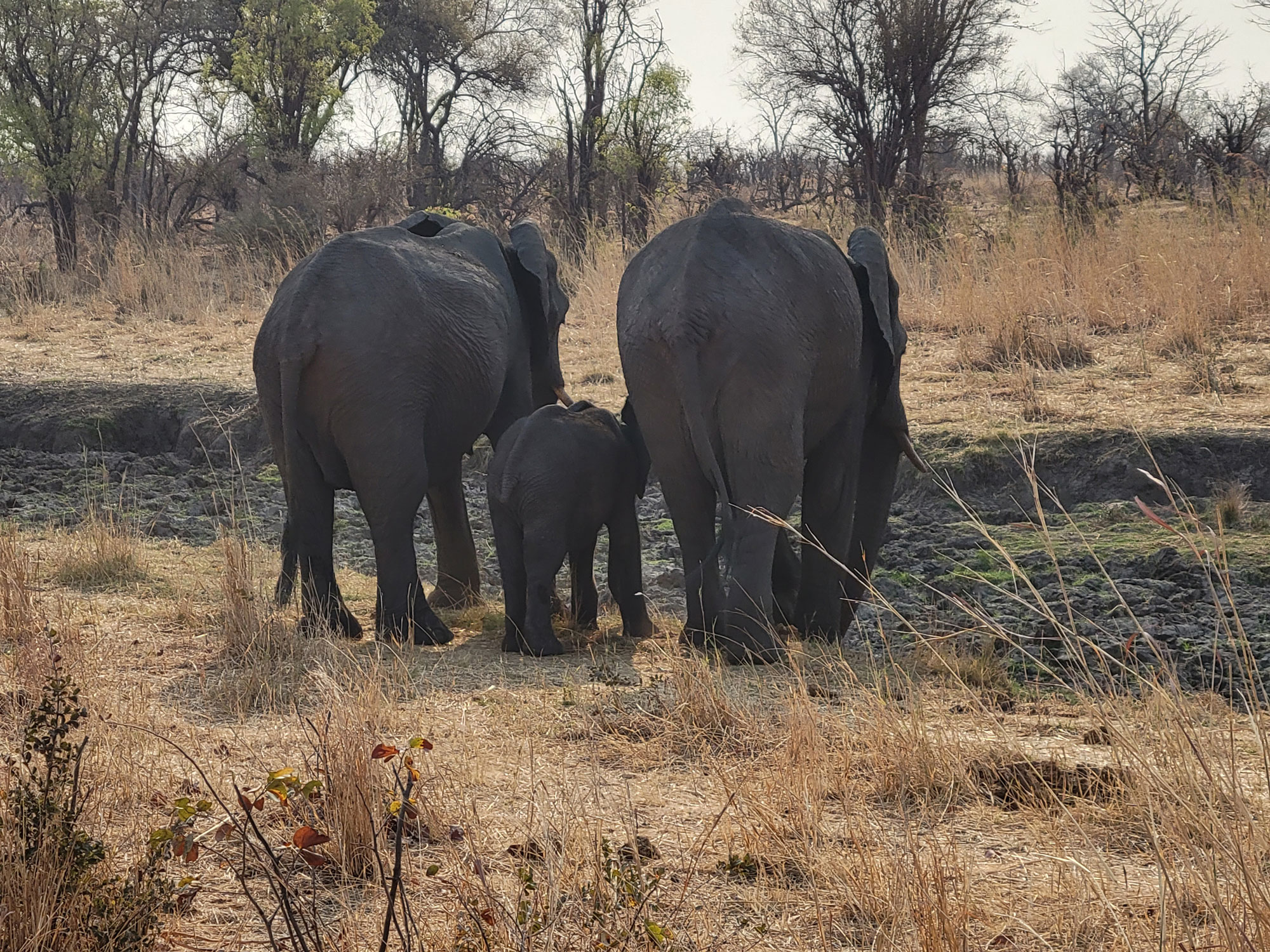
While the KAZA TFCA provides a sanctuary for elephants, it is not without its challenges. Human-wildlife conflict, poaching, and habitat degradation pose threats to the well-being of both elephants and the communities residing in the region. Conservationists and local authorities are actively engaged in addressing these challenges through community-based conservation initiatives, anti-poaching measures, and education programs.
The elephant migration in the KAZA TFCA has also become a major draw for eco-tourists and wildlife enthusiasts. Responsible tourism plays a crucial role in generating revenue for conservation efforts and raising awareness about the importance of protecting these magnificent creatures and their habitats. Safari experiences and educational programs contribute to the sustainability of the region’s conservation initiatives.
The elephant migration through the Kavango Zambezi Transfrontier Conservation Area stands as a testament to the harmonious coexistence of wildlife and humans when nations unite for a common cause. As this incredible journey unfolds annually, it not only showcases the resilience and adaptability of elephants but also highlights the significance of transboundary conservation efforts in safeguarding Africa’s natural heritage. By preserving the integrity of this migration route, the KAZA TFCA not only ensures the survival of elephants but also fosters the well-being of the entire ecosystem and the communities intertwined with it.

